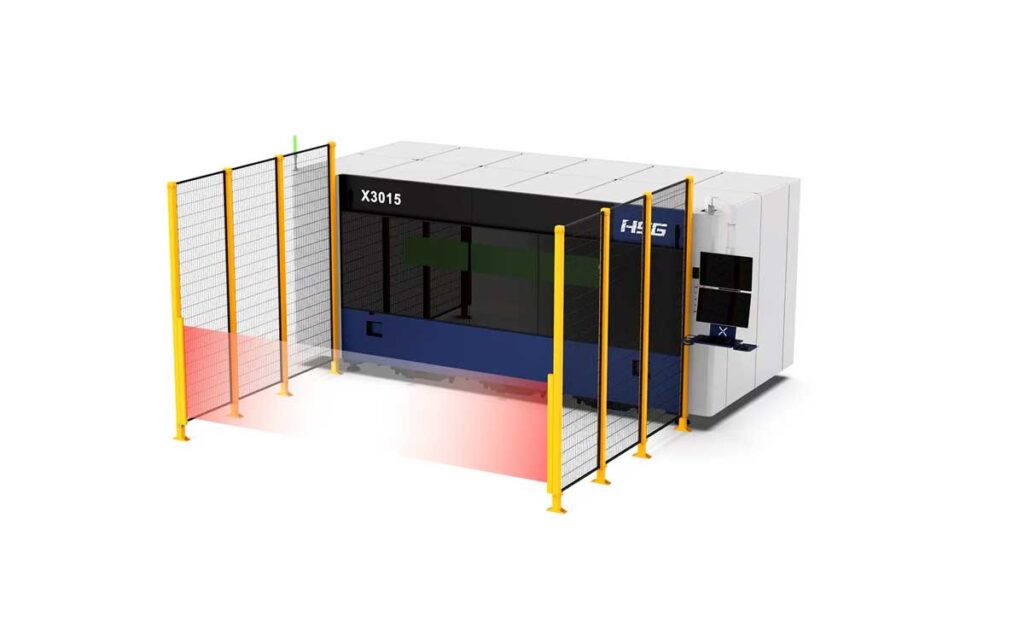In the ever-evolving world of metal fabrication, precision and efficiency are paramount. Flat laser machines have emerged as a game-changer, offering unparalleled accuracy and speed in metal cutting. This article delves into the intricacies of flat laser technology, highlighting its benefits and why it stands out as a superior choice for metal cutting applications.
Understanding Flat Laser Machines: An Overview
Flat laser machines are advanced tools designed for cutting flat sheets of metal with high precision. These machines utilize a focused laser beam to melt, burn, or vaporize the material, resulting in clean and precise cuts. The technology behind flat laser machines has evolved significantly, incorporating features like automated material handling, advanced software for design and cutting path optimization, and real-time monitoring systems to ensure consistent performance.
One of the key components of flat laser machines is the laser source itself, which can be either CO2 or fiber lasers. CO2 lasers have been traditionally used for their ability to cut a wide range of materials, including non-metals. However, fiber lasers have gained popularity due to their higher efficiency, lower maintenance requirements, and superior cutting speeds, especially for thin to medium-thickness metals. The choice between CO2 and fiber lasers depends on the specific needs and materials of the user.
The integration of computer numerical control (CNC) systems with flat laser machines has further enhanced their capabilities. CNC systems allow for precise control over the cutting process, enabling complex shapes and patterns to be cut with minimal human intervention. This automation not only improves accuracy but also reduces the time and labor required for metal cutting tasks, making flat laser machines an indispensable tool in modern metal fabrication.
Precision in Metal Cutting with Flat Laser Technology
Precision is a critical factor in metal cutting, and flat laser machines excel in this regard. The focused laser beam can achieve extremely narrow kerf widths, which means less material is wasted during the cutting process. This precision is particularly beneficial for industries that require intricate designs and tight tolerances, such as aerospace, automotive, and electronics manufacturing.
The ability to produce consistent and repeatable cuts is another advantage of flat laser technology. Unlike traditional cutting methods, which can be affected by tool wear and operator skill, flat laser machines deliver uniform results every time. This consistency is crucial for maintaining high-quality standards and reducing the need for secondary processing, such as deburring or finishing.
Moreover, flat laser machines offer flexibility in cutting various types of metals, including steel, aluminum, brass, and copper. The advanced software used in these machines allows operators to easily switch between different materials and thicknesses, optimizing the cutting parameters for each specific application. This versatility makes flat laser machines a valuable asset for manufacturers who work with a diverse range of metal products.






